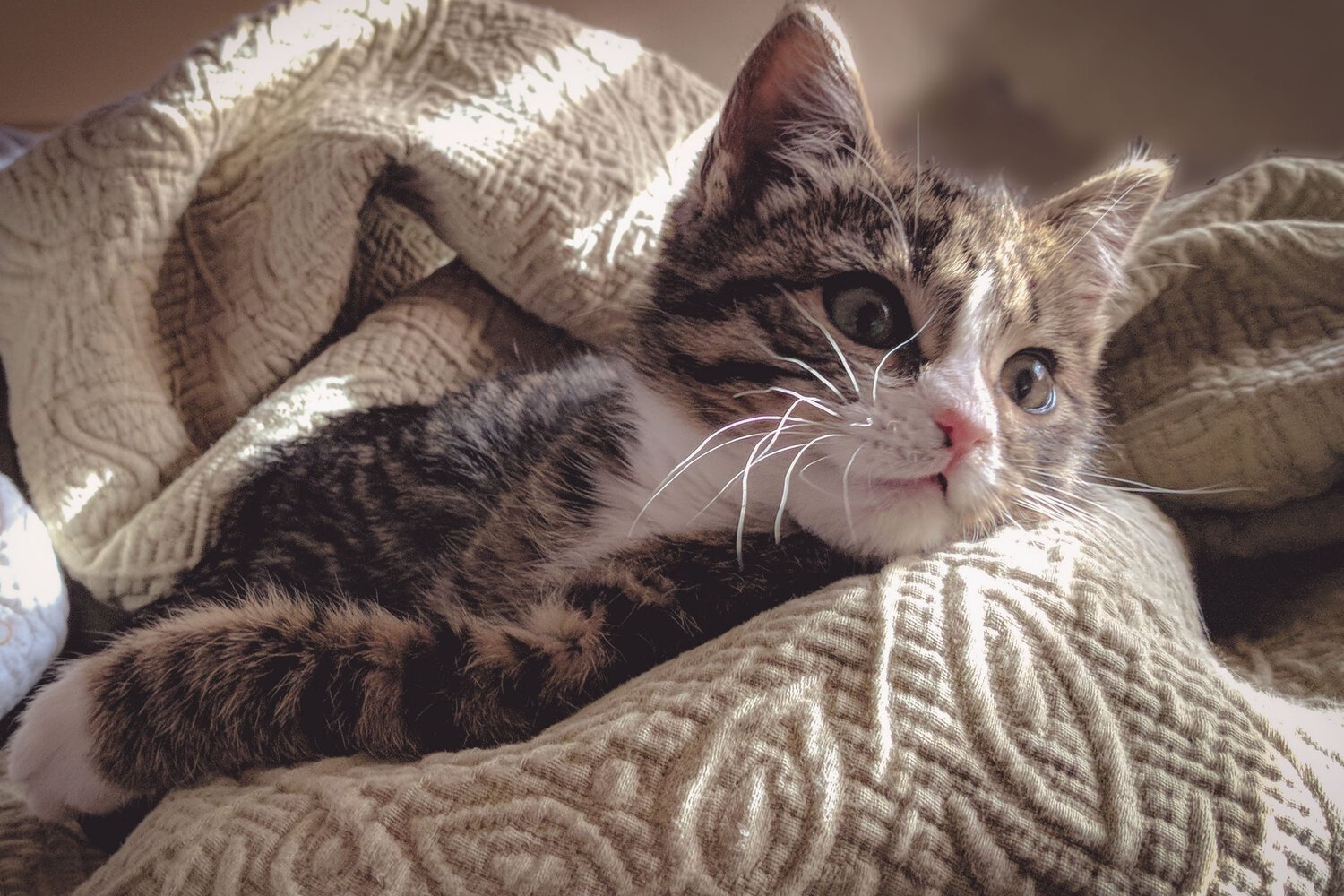
CAT DIAGNOSTIC IMAGING
Cat X-Rays, Ultrasounds, MRI’s, and CT Scans—What to Expect from Diagnostic Imaging

What is cat diagnostic imaging?
Cat diagnostic imaging is a non-invasive medical procedure that allows veterinarians to visualize the internal structures of a cat's body. It plays a crucial role in identifying and diagnosing various health conditions by providing detailed images of organs, tissues, and bones.
What can diagnostic imaging reveal about my cat's health?
Diagnostic imaging can reveal valuable information about your cat's health, aiding in the diagnosis of injuries, diseases, or abnormalities. It helps veterinarians assess the condition of internal organs, identify tumors or foreign objects, and evaluate bone and joint health.
What are the different types and functions of diagnostic imaging?
Veterinary diagnostic imaging may be referring to any of these tests:
Cat X-Rays: X-rays capture images of the cat's bones and dense structures, providing insight into fractures, joint issues, and abnormalities within the chest and abdomen.
Cat Ultrasounds: Ultrasounds use sound waves to create real-time images of internal organs, helping diagnose conditions in the abdomen, such as tumors, organ function, and pregnancy.
Cat MRI's (Magnetic Resonance Imaging): MRI's use powerful magnets and radio waves to generate detailed images of soft tissues, nerves, and joints, aiding in the diagnosis of neurological and soft tissue disorders.
Cat CT Scans (Computed Tomography): CT scans use X-rays from multiple angles to create cross-sectional images, offering detailed views of bones, organs, and blood vessels, assisting in the diagnosis of complex conditions.
FAQ
-
Cat X-Rays involve exposing the cat to a small amount of radiation to create detailed images of bones and internal structures.
-
Cat ultrasounds involve using sound waves to create real-time images, often performed to assess abdominal organs and pregnancy.
-
Cat MRI's involve placing the cat inside a strong magnetic field, producing detailed images of soft tissues and neurological structures.
-
Cat CT scans involve the use of X-rays from multiple angles to create cross-sectional images, providing detailed views of bones, organs, and blood vessels.
